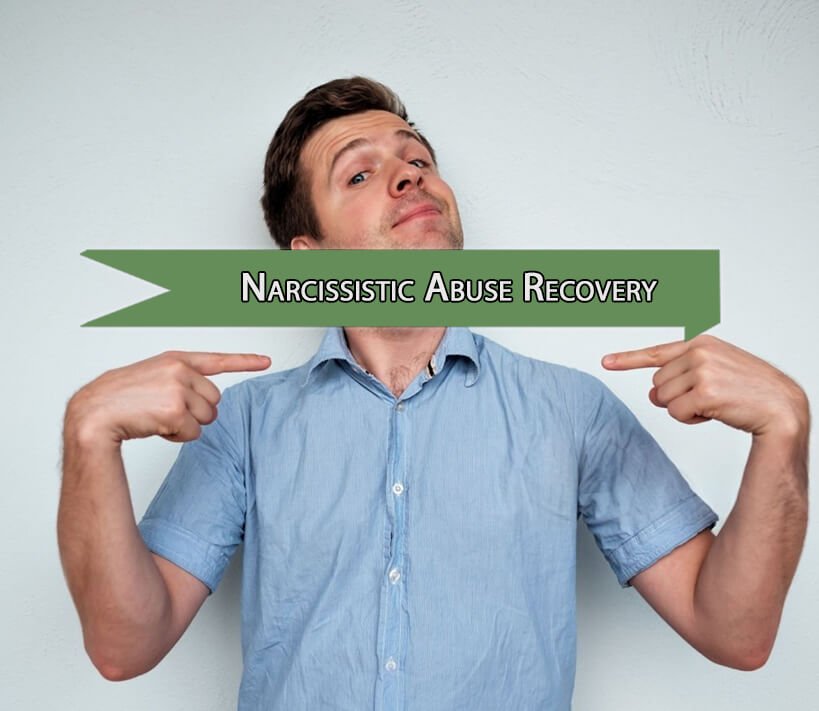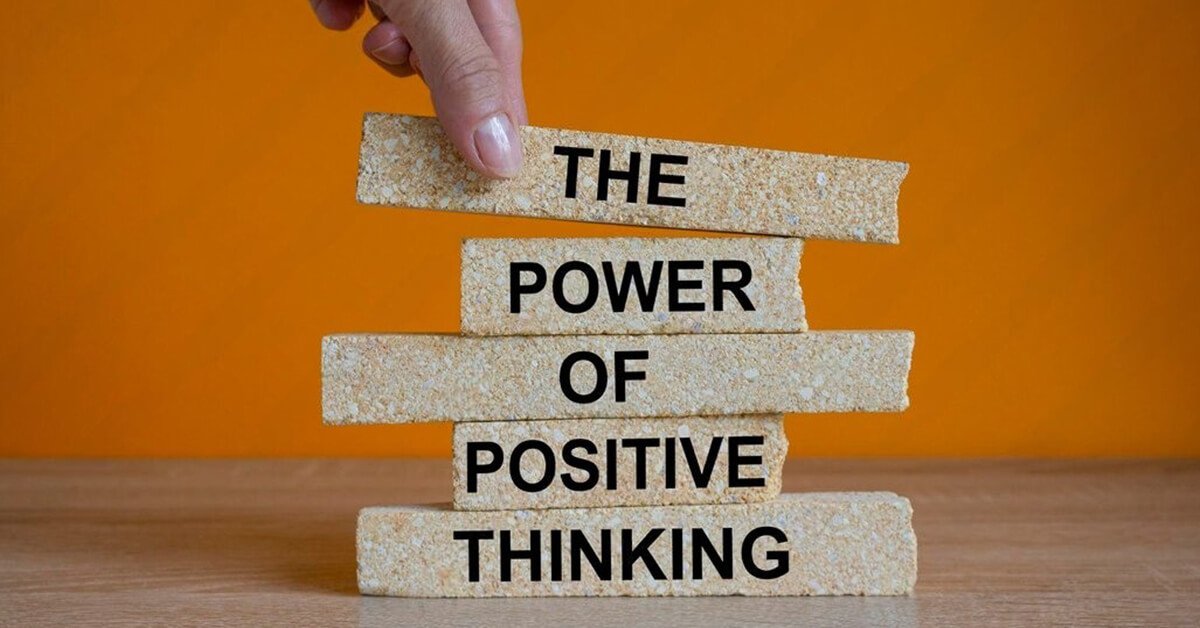Coming out of a relationship with a narcissist partner feels like waking up from a bad dream, you are confused, in pain, and profoundly disoriented. You might start questioning your memories, your self-worth, and even your sanity. Thats the very nature of narcissistic Abuse recovery, it creeps in quietly, cloaked in charm, and gradually erodes your sense of self, leaving you emotionally drained, mentally exhausted, and struggling to trust your reality or rebuild your confidence.
However, you can come out of all this, healing is possible, and recovery is not impossible. It is a powerful journey. It may be a long road, but every step you take is a step toward reclaiming your voice, your identity, your peace, and rebuilding the psychoaura that was once dimmed by Abuse. Each moment of growth helps you reconnect with who you truly are, beyond the shadow of manipulation.
Narcissistic personality in Urdu
ایسی شخصیت جو حد سے زیادہ خود پسندی، خود پرستی اور برتری کے احساس میں مبتلا ہو، جو دوسروں کے جذبات، احساسات اور حقوق کی قدر نہ کرے، اور ہر وقت اپنی تعریف، توجہ اور اہمیت کی طلبگار ہو۔ ایسی شخصیت ظاہری طور پر پُرکشش اور بااعتماد نظر آ سکتی ہے، مگر اندرونی طور پر ہمدردی، خود احتسابی اور حقیقی تعلقات کی صلاحیت سے محروم ہوتی ہے.
مزید وضاحت:
یہ شخصیت اکثر دوسروں کو قابو میں رکھنے، ان پر تنقید کرنے یا ان کے جذبات کو نظر انداز کرنے کا رجحان رکھتی ہے، تاکہ خود کو برتر محسوس کر سکے۔
What is Narcissistic Abuse?
Narcissistic Abuse recovery is not always blatant, it does not always involve loud arguments, shouting, or visible control. It is a form of psychological and emotional manipulation that is often so subtle that the victim does not recognize it until it is deeply entrenched. Narcissists rely on tactics specifically designed to control, confuse, or weaken the victim sense of self-worth and self-esteem. Some standard techniques are listed below:
Gaslighting
Gaslighting is a manipulative technique where one person makes the other doubt their reality, often saying things like “you are too sensitive” or “that never happened”. Over time, it erodes confidence, making the victim question their memory, emotions, and even sanity.
Love Bombing
Love Bombing is a manipulation technique where the abuser overwhelms the victim with excessive affection, compliments, and attention in the beginning phase of the relationship. This intense display of love fosters emotional dependency and confusion, making the victim more vulnerable when the abuser suddenly withdraws affection to gain control, instill guilt, and manipulate emotions.
Silent Treatment
Silent treatment is a manipulative technique where one person deliberately withdraws affection, communication, or emotional connection as a form of punishment to gain control over the other. It creates emotional distress, forcing the victim to seek validation, apologize, or submit, even when they are not at fault. Over time, it damages self-worth, fosters insecurity, and conditions the victim to fear emotional disconnection.
Triangulation
Triangulation is a manipulative tactic in which a third party is intentionally involved to create jealousy, rivalry, and confusion between individuals. The narcissist uses this method to maintain control, shift attention, and keep others off balance. It fosters competition for approval, damages trust, and prevents healthy communication, leaving the victim feeling insecure, isolated, and constantly unsure of their place in the relationship.
Blame Shifting
Blame shifting is a manipulative technique where every issue is twisted and turned back onto you, making you feel guilty for the abuser bad behavior. Instead of taking responsibility, the narcissistic deflects blame to avoid accountability and maintain control. Over time, this tactic can erode your confidence, distort your perception of reality, and leave you constantly apologizing for things that are not your fault.
Over time, these methods make you question your judgment, silence your voice, and mold your world around the narcissistic needs.
Step 1: Acknowledge the Truth, It was Abuse
The first and most vital step is naming the experience for what it was: Abuse. It is common for survivors to minimize what happened. You may think, “They had a tough childhood” or “They were not physically violent”. But emotional and psychological Abuse is just as damaging as physical harm, often more so because it is invisible. Understanding that you were abused does not mean you are weak, it means you were manipulation. And now, you are waking up to the truth. That clarity is painful, but it is also the first step toward freedom.
Step 2: Go No Contact
One of the complex yet necessary parts of recover is cutting off all connections, because narcissists thrive on control and chaos, they do not let things go easily. They tend to return with promises of change, guilt trips, and feigned vulnerability. This is a part of the abuse cycle, and each re-engagement pulls the victim back into the emotional web. If going full no-contact is possible, block them on social media, change your phone number, and end all mutual connections.
If you share responsibilities like co-parenting, adopt a low-contact strategy. Keep communication brief, neutral, and focused only on logistics and essential details. Prioritize your life above all else.
Step 3: Reconnect with Your Identity
Narcissistic abuse recovery slowly chips away at a person sense of identity. People often abandon friendships, sacrifice interests, and suppress parts of their personality just to keep the peace or gain approval. Now is the time for rediscovery. Ask yourself: What kept me alive before this relationship? What dreams did I put on hold? What can I do now?
Take time to rebuild your identity. Start journaling, explore art, volunteer, or join communities where you can express yourself safely. Treat every act of self-discovery, no matter how small, as a victory.
Step 4: Learn to Trust Again
One painful aftershock of narcissistic Abuse recovery is self-doubt. Constant gaslighting and blame lead you to question your own decisions and perception of reality. Healing begins when you start listening to your inner voice. Even if you begin with small steps, thats okay. Choose your clothes, music, and food without second-guessing yourself. Learn to say no when something does not feel right. When you feel uncomfortable, express your feelings instead of suppressing them.
You are not being overly sensitive, your intuition is trying to protect you. Self-trust is like music: it needs to be practiced, strengthened, and embraced. It will guide you forward.
Step 5: Find the Right Kind of Therapy
Therapy can be your lifeline in the process of narcissistic abuse recovery. However, not every therapist is trained to understand narcissistic Abuse. It is essential to find a trauma-informed therapist who is familiar with emotional Abuse, gaslighting, and complex PTSD. Approaches like EMDR, CBT, and inner child work can be particularly effective. Group therapy or support groups for survivors can also be incredibly validating. Being seen and heard by others who truly understand what you are going through is a powerful reminder that you are not alone.
Step 6: Set Boundaries
Boundaries are not about being mean. They are about self-respect. After narcissistic Abuse, setting and enforcing boundaries can feel scary. You may fear being called selfish, cold, or unloving. But remember, healthy boundaries are a sign of emotional maturity, not cruelty. Start small, limit access to people who drain you, say no without guilt, and allow yourself time alone without apology. With every boundary, you are reclaiming your proper TK to exist without fear of judgment or control.
Step 7: Be Gentle with Yourself
Recovery is not linear, sometimes you feel strong, and other times, memories resurface and bring the pain back. And thats completely normal. Forgive yourself, for not leaving sooner, for going back, for missing them. Healing is messy. And grief is part of the process, not just for the person, but for the time, energy, and hope you invested. Speak to yourself with kindness. Celebrate the small wins. Even getting out of bed or going for a walk is a form of progress. You do not need to be perfect. You are doing all of this for you, and that more than enough.
Step 8: Redefine What Love Means to You
After Abuse, your definition of love may be distorted. You may confuse intensity with intimacy or believe that love means sacrifice and suffering. Now is the time to rewrite your definition of healthy love. Healthy love is not conditional, manipulative, or punishing. It is kind, patient, and respectful. It feels safe, not anxious. Empowering, not controlling. Peaceful, not chaotic.
And most importantly, it begins with you. Learn to love yourself first, your flaws, your strengths, and your journey. That self-love will guide you to relationships that mirror your worth.
Conclusion
Recovery from narcissistic Abuse is not just about leaving the past behind; it is about coming back to yourself. It is a brave and powerful choice to break free from emotional chains and rebuild a life where your voice is heard, your boundaries are honored, and your heart feels safe. Healing takes time, and some days will be more complex than others, but every step forward matters. You are not broken, you are becoming whole. You deserve love that uplifts, not wounds; respect that listens, not silences. Healing does not erase the past, it transforms it. This is your journey, your truth, and your strength. Own it. You are enough.




